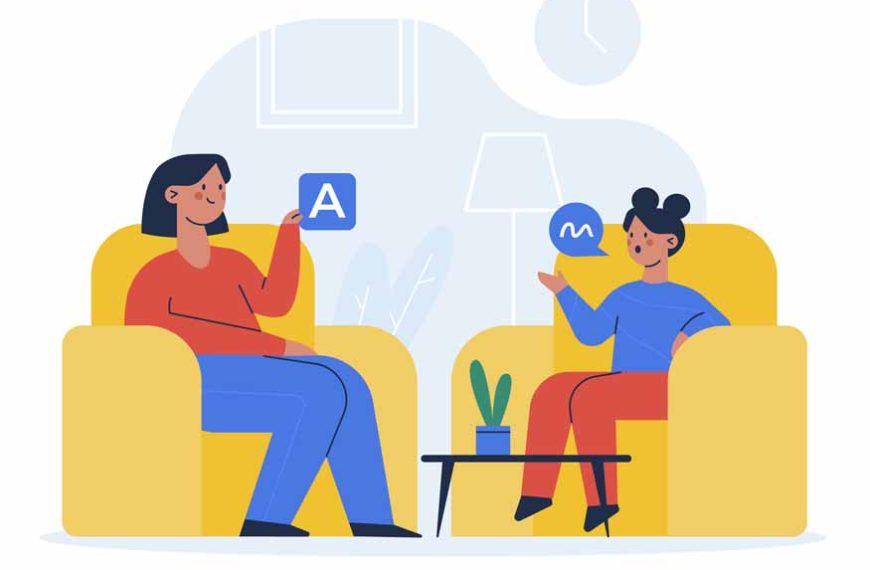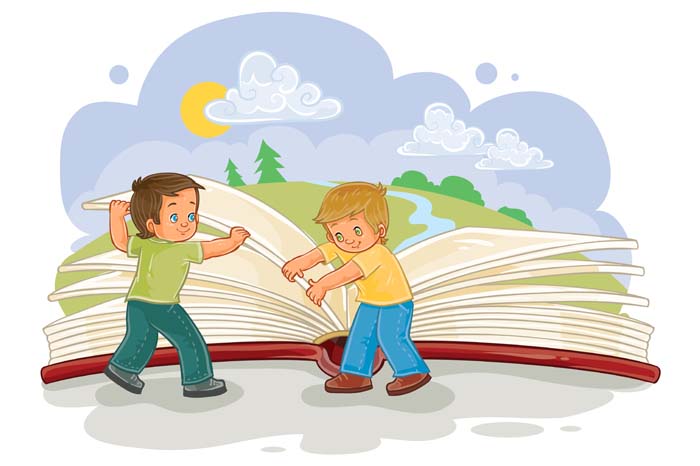Preschool is a pivotal time in a child’s life. At this stage, children embark on their educational journey and form the foundation for future learning. It represents a time of immense growth, exploration, and foundational learning. A lot of foundational learning and qualities are based in teacher interaction with students in the classroom. Student teacher interaction lays the foundational block for a lot of things in life. These interactions serve as the cornerstone for shaping a child’s cognitive and academic growth. They also serve the purpose of shaping a child’s social and emotional growth. Establishing effective student teacher interaction dynamics in preschool environments not only sets the base for academic success but also nurtures the holistic development of young minds. We often have the question, “How do teachers interact with students?” This article explores teacher interaction with students in the classroom and student teacher interaction importance.
Student Teacher Interaction Importance
- Holistic Development of Children:
- Social and Emotional Intelligence:
- Language and Cognitive Skills:
- Self-Confidence and Self-Esteem:
Quality student teacher interaction in preschools create an environment conducive to holistic development of the children. These interactions form the bedrock for cognitive, social, emotional, and physical growth altogether. These interactions take care of a child’s academic success, build scope for the children to become more socially aware, create the foundation for emotional intelligence, and help engage them in activities for physical wellbeing and growth.
Student teacher interaction importance is such that it is instrumental in creating social and emotional intelligence among young children. These connections provide a safe space for children to express their emotions, develop empathy, and navigate social interactions.
Teacher interaction with students in the classroom stimulates language acquisition, cognitive abilities, and thinking skills. Engaging conversations, storytelling, and guided learning activities contribute significantly to a child’s cognitive development.
A nurturing relationship with a teacher empowers children to build self-confidence, self-esteem, and a sense of autonomy. This enables them to take healthy risks, express themselves confidently, and embrace challenges in their learning journey in their preschool stage.
How Do Teachers Interact With Students – Strategies for Effective Teacher-Student Interactions in Preschool
- Establishing a Welcoming Environment:
- Positive Reinforcement and Encouragement:
- Active Listening and Effective Communication:
- Individualised Attention and Differentiated Instruction:
- Use of Play and Interactive Activities:
- Modelling Positive Behaviour:
- Building Trust and Meaningful Relationships:
- Encouraging Independence and Responsibility:
- Continuous Assessment and Feedback:
Create a warm and inviting classroom ambience. Make it vibrant which will be conducive to learning. Incorporate stimulating visuals, diverse learning materials, and designated spaces for different activities. In this atmosphere, children should feel welcome, valued, and respected. Use bright colours, child-friendly furniture, and engaging learning materials to stimulate curiosity.
Offer genuine praise and positive reinforcement to acknowledge achievements and efforts made by the children. Celebrate small victories of children to boost their confidence and motivation to learn.
Practice active listening by paying close attention to children’s thoughts, feelings, and ideas. Encourage open communication through dialogues, discussions, and storytelling sessions.Incorporate group discussions.
Recognise and cater to the unique strengths, interests, and learning styles of each child. Implement varied teaching strategies to accommodate diverse needs of the children and optimise learning outcomes. Provide opportunities for personalised learning experiences for maximum growth.
Incorporate play-based learning and interactive activities that promote collaboration, problem-solving, and creativity. Engage children in hands-on experiences from time to time to make learning enjoyable and meaningful. Engaging children in hands-on activities encourages active participation and deeper understanding of the subject.
Teachers serve as role models by demonstrating kindness, patience, empathy, and respect. Modelling positive behaviour helps children learn social norms and ethical conduct. Encourage pro-social behaviours and t each conflict resolution strategies through some examples.
Invest time in cultivating strong relationships with each child and their families. Building trust and rapport creates a supportive foundation for effective learning and development.
Encourage independence by empowering children to make choices, solve problems on their own, and take on responsibilities appropriate to their age. Encourage autonomy which will nurture self-reliance and decision-making skills.
Make it a point to regularly assess children’s progress and provide constructive feedback. Encourage self-reflection and goal-setting to promote a growth mindset and a sense of achievement.
Challenges in Implementing Effective Student Teacher Interactions
- Resource Limitations:
- Diversity in Learning Needs:
- Attention Span and Engagement:
Preschool educators often face challenges due to limited resources. Time, funding, and materials are the major challenge points. These limitations can impact the extent to which individualised attentions and interactions can be provided.
Addressing the diverse learning needs of a group of preschoolers can be demanding. Teachers need to adapt teaching methods and approaches to accommodate varying learning styles and abilities.
Preschoolers typically have limited and shorter attention spans, making it essential for teachers to plan engaging and interactive activities that sustain interest and active participation.
Effective teacher student interactions in preschool education are foundational in nurturing a child’s holistic development. By creating a supportive environment, promoting open communication, and tailoring instruction to individual needs, educators lay the groundwork for lifelong learning and success. Furthermore, these interactions in preschool have a lasting impact on a child’s present and future academic success. Studies consistently highlight the correlation between high-quality teacher-student interactions and enhanced cognitive development, language acquisition, and overall school readiness. The encouragement and engagement provided by teachers in these formative years lay the groundwork for future learning, contributing significantly to a child’s educational trajectory.
Equally crucial is the role of effective communication between teachers and parents or guardians. Collaborative interactions involving open communication channels facilitate a holistic approach to a child’s development. When teachers and parents work hand in hand sharing observations, insights, and strategies, they create a supportive network that reinforces learning both at school and at home.
The impact of these interactions extends far beyond the preschool years, shaping individuals who are not only academically adept but also socially adept, emotionally resilient, and enthusiastic about continuous learning. By embracing strategies that prioritise positive teacher-student dynamics, educators sow the seeds for a generation empowered with the skills, confidence, and curiosity needed to thrive in an ever-evolving world.
For more information, visit EuroKids, or visit a center nearest to you.














